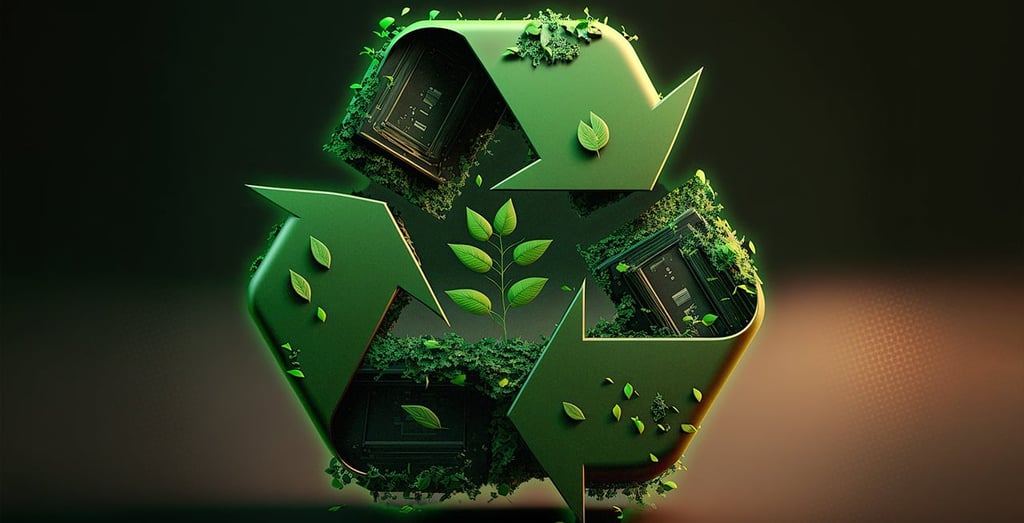Closing the Loop: Designing Electronics for Easier Recycling and Reuse
By Recycle Agent | Illinois E-Waste & Data Destruction Experts
7/3/20251 min read


In a world increasingly dependent on technology, the lifecycle of our electronic devices has become alarmingly short. From smartphones to laptops, millions of tons of e-waste are generated each year, most of which ends up in landfills or shipped overseas. But what if the solution wasn’t just in better recycling—but in better design?
Designing with the End in Mind
"Closing the loop" refers to creating a circular economy where products are reused, repaired, or recycled back into the system instead of being discarded. In electronics, this starts with manufacturers designing devices that are easier to disassemble, repair, and recycle.
Many of today’s gadgets are built for performance and aesthetics, but not for longevity or recyclability. Batteries glued into casings, complex materials fused together, and proprietary parts all make recycling difficult and expensive. To truly close the loop, companies must adopt design-for-disassembly and modular design principles. These allow components to be easily replaced or removed, extending the life of devices and reducing the strain on recycling systems.
Benefits of Circular Design
Reduces Environmental Impact – Recovering materials like gold, copper, and rare earth metals from old electronics reduces the need for new mining operations, which are often harmful to the environment.
Saves Energy – Recycling materials typically uses far less energy than producing them from raw resources.
Encourages Innovation – Designing for reuse fosters innovation in manufacturing and opens new avenues for sustainable tech.
Creates Jobs – Repair and refurbishment industries offer skilled job opportunities that support a green economy.
What Consumers Can Do
While manufacturers play a key role, consumers can help close the loop by:
Supporting brands that prioritize sustainable and modular design
Choosing to repair instead of replace
Properly recycling outdated electronics through certified e-waste facilities
Advocating for the Right to Repair movement
The Path Forward
Closing the loop isn't just an environmental goal—it’s a business and societal imperative. By pushing for better design standards, supporting circular practices, and making responsible disposal choices, we can build a future where electronics don't end in waste, but instead begin a new cycle of use.
